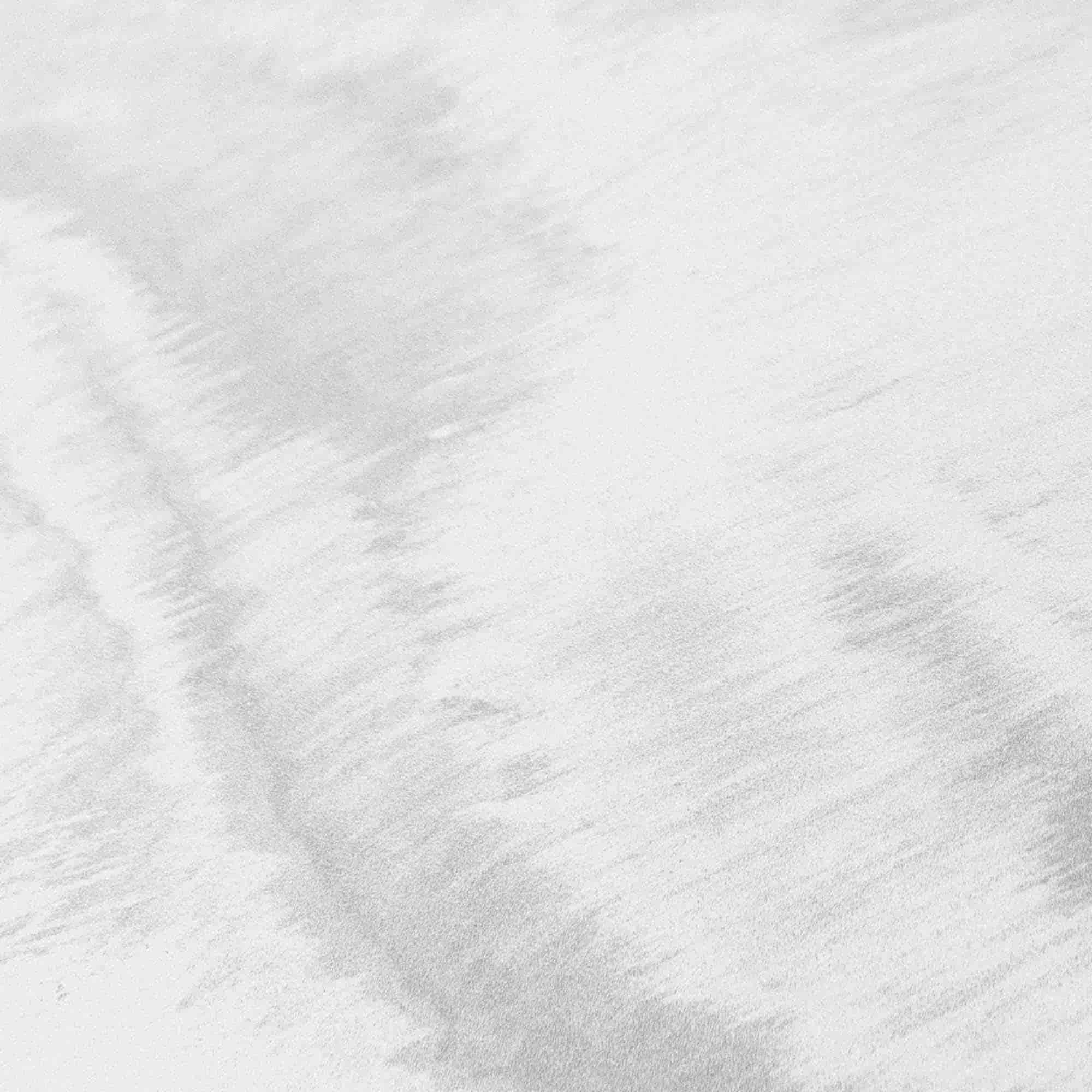Imagine famine project
July 16, 2011 · by David Campbell · photography, politics, Thinking Images
To see original article click here

The homogenisation of ‘Africa’ – the rendering of the continent into one form. The anthropomorphisation of ‘Africa’ – the representation of the continent as one person. The infantilisation of ‘Africa’ – the image of the continent as a child. The impoverishment of ‘Africa’ – the construction of the continent as a desperate, poor, passive victim.
Peter Brookes’ 5 July 2011 cartoon from The Times condenses all these attributes into one visual form. Like most editorial cartoons, it derives its symbolic force from the dominant images of the day, in this case the extensive media coverage of the current humanitarian crisis in the Horn of Africa. The all too familiar images of displaced people and starving children amidst a desert landscape have been common in recent days as both NGOs and the media mobilise in response to what is unquestionably a crisis of food security that demands action. From television coverage to photo galleries, we are seeing the sort of pictures we have seen many times before, be they Tyler Hicks colour photos in the New York Times, Robin Hammond’s series for the Guardian, the Save the Children Fund pictures from East Africa (also in the Guardian), or Oxfam’s Flickr gallery. While it is interesting to think about the virtues of colour versus black and white, or ask whether we can spot a difference between photos taken by professionals and NGO staff (and I can’t see much of one), I want to call attention to the larger dynamic which drives this recourse to familiar visuals.
In an excellent post on the coverage of the Horn, Peter Gill argues that “sophisticated early warning systems that foresee the onset of famine have been in place for years, but still the world waits until it is very nearly too late before taking real action – and then paying for it.” With regard to East Africa, both international agencies and NGOs have been warning for some months that a combination of factors - drought, conflict, high food and fuel prices, and funding shortfalls – were likely to produce a humanitarian crisis. But nobody found a way to picture the problem, so the story went unrecorded. When, finally, in late June, the UN’s Office for the Coordination of Humanitarian Affairs simplified the story into ‘the worst drought in sixty years’, Gills says “the media mountain moved, and the NGO fund-raisers marched on behind.”
We can easily lament the limitations of famine iconography, especially the way it homogenises, anthropomorphises, infantilises and impoverishes. But above all else we have to understand it is a visual sign of failure. The recourse to the stereotypes of famine is driven by the complex political circumstances photography has historically been unable to capture. This means that when we see the images of distressed people, feeding clinics and starving babies, we are seeing the end result of a collective inability to picture causes and context.
Is it because photographers lack imagination? I don’t think so. As I’ve written before on this topic, it is more a product of the fact that the media generally is caught in a tragic conundrum:
Governments and international institutions are not moved by information alone, and without official activity the media lacks a hook for a story. A story becomes possible when there is visual evidence of disaster, but in the case of famine that evidence cannot be easily visualized (at least in terms familiar to the media) until people start showing an embodied trace of the food crisis (with distended stomachs and prominent ribs) or start dying. By that time, however, because of the indifference of governments, the final stages of a food crisis have begun, the possibility for preventative action has long passed, and the only course of action is humanitarian and remedial.
We have, then, a systemic problem. While there are famine early warning systems that function quite well, the media is generally a late indicator of distress. The urgent task – in advance of the next humanitarian crisis – is to find a way to tell the story of the many and varied reasons that produce food insecurity without waiting for the visual traces that signify it’s too late.
UPDATE 27 August 2011: This post drew a critical response from @foto8 on Twitter. I have curated Jon Levy’s points, additional comments, and my response in another post, Imaging Famine: A Debate. After our OPEN-i debate, I wrote another post summarising some points from the discussion to underscore my belief in the necessity of critique.
Related Articles

Social Media
-
Quisque iaculis facilisis lacinia. Mauris euismod pellentesque tellus sit amet mollis.
-
Sed purus sem, scelerisque ac rhoncus eget, porttitor nec odio. Lorem ipsum dolor sit amet.
-
Vivamus pellentesque vitae neque at vestibulum. Donec efficitur mollis dui vel pharetra.
-
Praesent id libero id metus varius consectetur ac eget diam. Nulla felis nunc, consequat laoreet lacus id.
-
Donec id justo non metus auctor commodo ut quis enim. Mauris fringilla dolor vel condimentum imperdiet.
-
Commodo cursus magna, vel scelerisque nisl consectetur et. Donec id elit non mi porta gravida at eget metus.
-
Lorem ipsum dolor sit amet, consectetur adipiscing elit. Vestibulum id ligula porta felis euismod semper.
-
Quisque iaculis facilisis lacinia. Mauris euismod pellentesque tellus sit amet mollis.
-
Sed purus sem, scelerisque ac rhoncus eget, porttitor nec odio. Lorem ipsum dolor sit amet.
-
Vivamus pellentesque vitae neque at vestibulum. Donec efficitur mollis dui vel pharetra.


